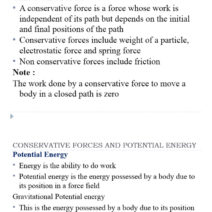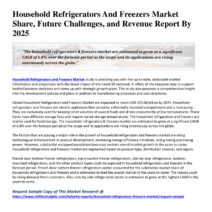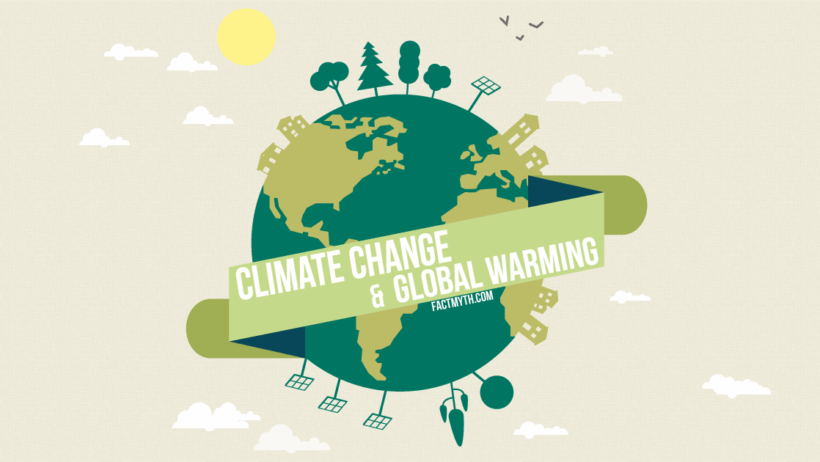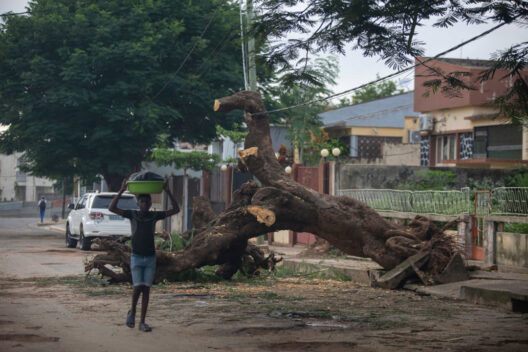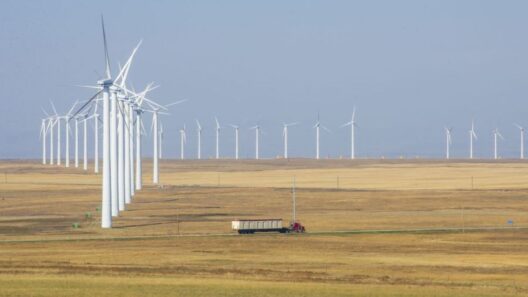The concepts of global warming and climate change are often used interchangeably, but they represent distinct phenomena that warrant careful examination. As we grapple with the mounting challenges posed by environmental degradation, it becomes imperative to clarify the nuances between these two terms. Understanding their differences not only fosters clearer communication but also aids in addressing the underlying issues affecting our planet.
At its core, global warming refers to the observed increase in average temperatures of the Earth’s atmosphere and oceans over time, primarily attributed to the accumulation of greenhouse gases (GHGs) such as carbon dioxide, methane, and nitrous oxide. These gases are primarily emitted through human activities, including the burning of fossil fuels, industrial processes, and deforestation. In contrast, climate change encompasses a broader range of alterations in environmental conditions, including shifts in weather patterns, precipitation rates, and extreme weather events.
To comprehend these complex relationships, one must delve into the dynamics of the Earth’s climatic systems and recognize the multifaceted nature of global warming and climate change.
The Genesis of Global Warming
Global warming is best understood as a symptom of a larger issue: anthropogenic influences on the atmosphere. The industrial revolution triggered an exponential increase in carbon emissions, altering the natural greenhouse effect that keeps our planet warm enough to sustain life. As human activities continuously pour more GHGs into the atmosphere, they create a “blanket” effect, trapping heat and leading to rising global temperatures. The repercussions of this warming trend are profound, driving shifts in ecosystems, species distributions, and even contributing to the melting of polar ice caps.
While global warming primarily concerns temperature increases, it also provides a crucial backdrop for understanding the more extensive implications of climate change. As average temperatures rise, they disrupt the balance of natural systems, culminating in various climatic variations across different regions.
Climate Change: A Broader Spectrum
Climate change encompasses not only the long-term warming trends but also the myriad of consequences that arise from these changes. It involves the assessment of atmospheric alterations—shifting weather extremes, changes in precipitation patterns, and alterations to wind and ocean currents. As a result, some regions may experience intensified droughts, while others may be deluged by excessive rainfall.
Equally poignant is the association between climate change and biodiversity loss. As habitats transform, many species find themselves unable to adapt or migrate, leading to significant declines in biodiversity. Furthermore, climate change poses a critical threat to food security. With erratic weather patterns, agricultural productivity can be jeopardized, thus threatening livelihoods across the globe.
Understanding the term ‘climate change’ also necessitates an acknowledgment of the socio-economic dynamics entwined with environmental phenomena. Vulnerable communities often bear the brunt of climatic shifts, amplifying inequalities as resource limitations become more pronounced. In this sense, discussions around climate change must fuse ecological understanding with social justice.
The Interplay Between Global Warming and Climate Change
The intimate relationship between global warming and climate change underscores the interdependent nature of our planet’s systems. While global warming is primarily a temperature-driven phenomenon, it serves as a catalyst for broader climatic changes. The warming of the Earth contributes to extreme weather events, rising sea levels, and significant shifts in agronomic seasons.
For instance, the increase in global temperatures has been implicated in the intensification of hurricanes and storms, which brings catastrophic consequences to affected regions. Similarly, the warming oceans contribute to coral bleaching, disrupting marine ecosystems and impacting fisheries—an essential food source for millions globally.
This feedback loop between rising temperatures and climatic alterations further complicates our efforts to mitigate these challenges. GHG emissions lead to global warming, which in turn induces climate change, heralding a cascade of consequences that require global cooperation, policy innovations, and community engagement to comprehensively address.
Confronting the Misconceptions
Despite the scientific consensus surrounding these terms, public discourse often falls prey to misconceptions. The conflation of global warming and climate change can lead to complacency among those who perceive these phenomena as distant or abstract issues rather than immediate challenges.
Global warming is often seen as an isolated phenomenon, while climate change manifests as a tapestry of complex, interconnected issues that implicate every facet of human life. For effective advocacy and actionable solutions, it is crucial to convey the immediate relevance of climate issues to daily life. The loss of biodiversity, disruptions to agriculture, and the threat to water resources are not isolated cases; they ripple through economies and societies, making climate change an urgent concern for everyone.
Conclusion and Call to Action
Global warming and climate change, while fundamentally interconnected, embody distinct concepts that resonate with diverse aspects of our ecological landscape. As understanding of these differences evolves, so does the potential for informed, proactive engagement at personal, community, and policy levels.
As climate activists, scientists, policymakers, and individuals, we must work together to disentangle these phenomena and tackle them with a comprehensive strategy. Combating climate change requires an unwavering commitment to sustainability, ecological preservation, and social equity, underpinning the pursuit of a resilient and inclusive future for generations to come. By fostering awareness and mobilizing action, we can forge a path toward a more sustainable relationship with our planet.

